.16.17_AM.png)
Was this newsletter forwarded to you? Sign up to get it in your inbox.
A company memo went viral this week, but not because it leaked. It didn’t have to.
Shopify CEO Tobi Lütke posted an internal message—which laid out new expectations for AI use among Shopify employees—publicly on X. The memo, which urged employees to integrate AI into their daily work, use it during early prototyping, and treat it as a core job skill, quickly spread through tech and AI circles. The headline takeaway? “Reflexive AI usage is now a baseline expectation at Shopify.”
Translation: If you’re not using AI as part of your everyday work, you’re already behind.
As the lead at Every Consulting, I talk to prospective clients every day about how they can make the best use of AI. Lutke’s memo reflects many of the challenges and opportunities I see teams grappling with. Executives want AI adoption but struggle to differentiate value from noise, managers are unsure how to evaluate AI-powered work, and individual contributors feel paralyzed by the gap between AI's potential and their current comfort level.
Shopify is in the middle of a company-wide training montage. Everyone is. Some are further along. Some are just starting. Even the people most excited about this shift—your CEO included—are figuring out what good usage looks like in real time. Lutke admits as much in the memo: He uses AI constantly but still feels like he’s “only scratching the surface.”
This five-step guide is for anyone trying to understand what Shopify’s new AI expectations mean in practice. What does “reflexive AI usage” look like? How do you go from feeling behind to feeling fluent? Most importantly, how do you make AI work for you—without it feeling like more work?
Let’s dive in.
ChatGPT/Every illustration.
Step 1: Start using AI now
Here’s how most people approach AI: They read articles. Bookmark prompt guides. Open ChatGPT, type “help me be productive,” get a meh response, and close the tab. Repeat until morale improves.
But the only real way to get better at using AI is to use it regularly, imperfectly, without overthinking it.
The first step is to invite AI to the table—literally. Keep ChatGPT open in a browser tab. Download the desktop app. If you have an iPhone, program your Action button to launch ChatGPT's voice assistant with one press. The goal is to make AI feel like a teammate sitting next to you, ready to jump in. Like a new teammate, they may be awkward at first. They may misread your tone or do things slightly wrong. But over time, you learn how to work together.
Pick something you already do—writing a weekly update, sorting tasks, summarizing calls—and try doing it with AI:
- Use Claude to clean up meeting notes.
- Ask ChatGPT to rewrite a bug or support ticket for clarity.
- Try Cursor to refactor repetitive code.
One trick: Have AI ask you questions first. Instead of just saying “rewrite this,” give it a prompt, like, “Interview me about my goals for this project,” and let it interview you. That back-and-forth helps it understand what you actually need.
There’s also voice mode. ChatGPT’s mobile app makes it easy to talk things out from wherever you are. On your Mac, tools like Wispr Flow let you build voice-driven workflows that feel natural.
Don’t worry about having “the right” process. The goal is to build a habit—a reflex—to include AI in your process.
Step 2: Know how you provide value
Before AI can multiply your work, you need to know what’s worth multiplying.
This is where a lot of people get tripped up. They open a new AI tool and ask, “What can you do?” Instead, start with: “What do I do that matters—to me and to my team?”
If you’re not clear on how you create value—what you’re good at, what your team counts on you for—you risk using AI to generate filler: more words, noise, or decks no one asked for. But if you know your edge, AI becomes a point of leverage.
The Only Subscription
You Need to
Stay at the
Edge of AI
The essential toolkit for those shaping the future
"This might be the best value you
can get from an AI subscription."
- Jay S.
Join 100,000+ leaders, builders, and innovators

Email address
Already have an account? Sign in
What is included in a subscription?
Daily insights from AI pioneers + early access to powerful AI tools
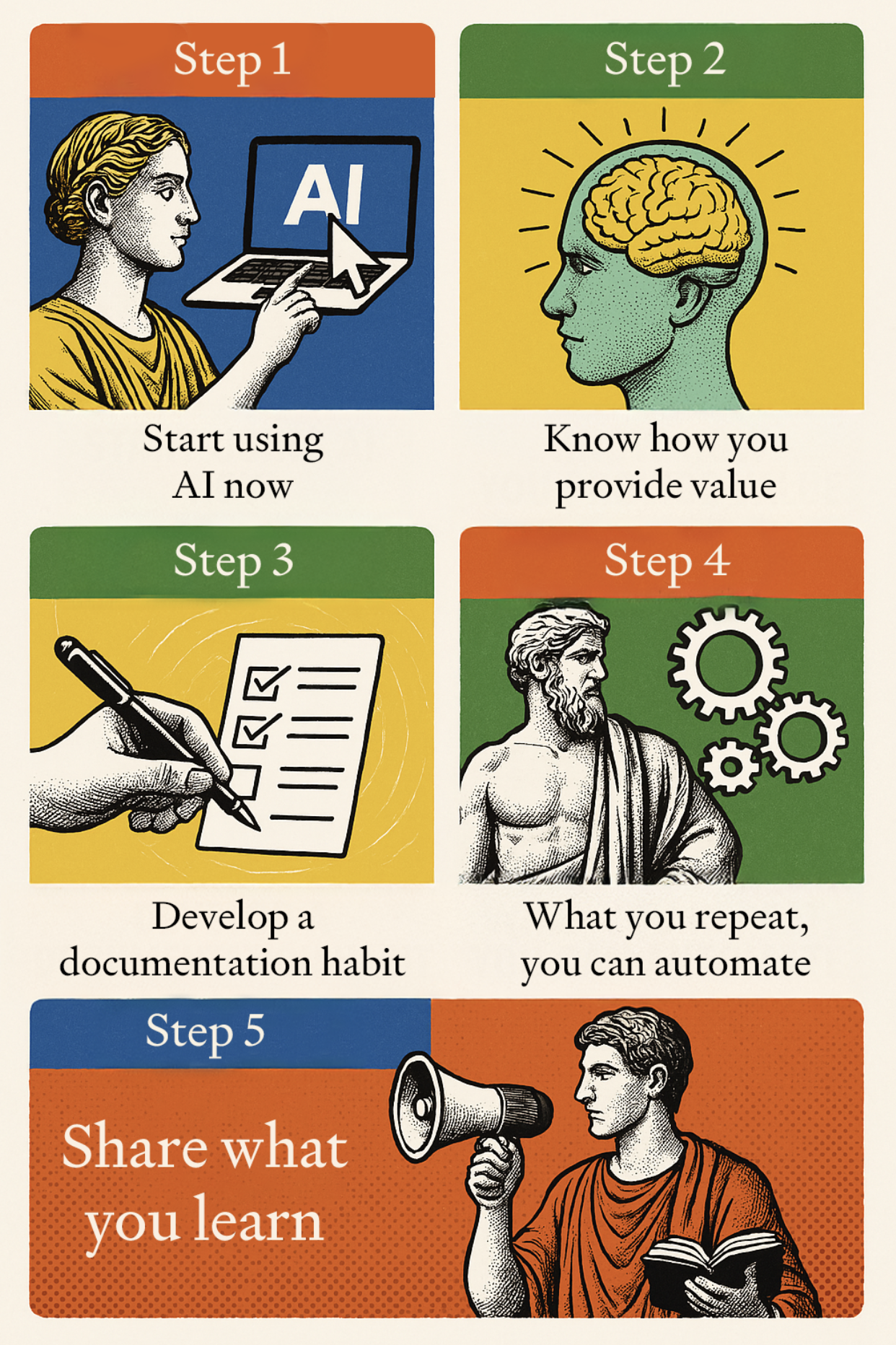

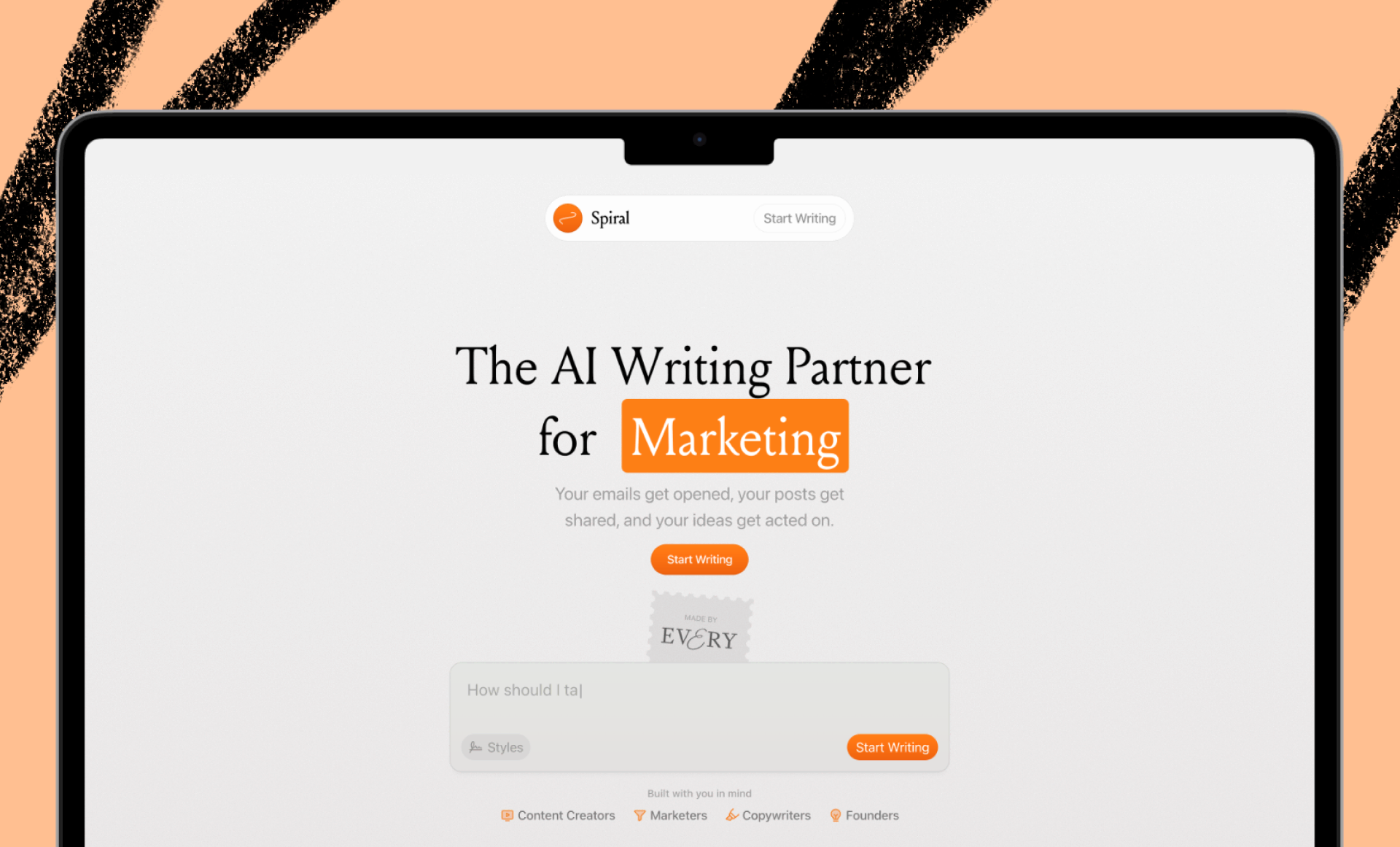
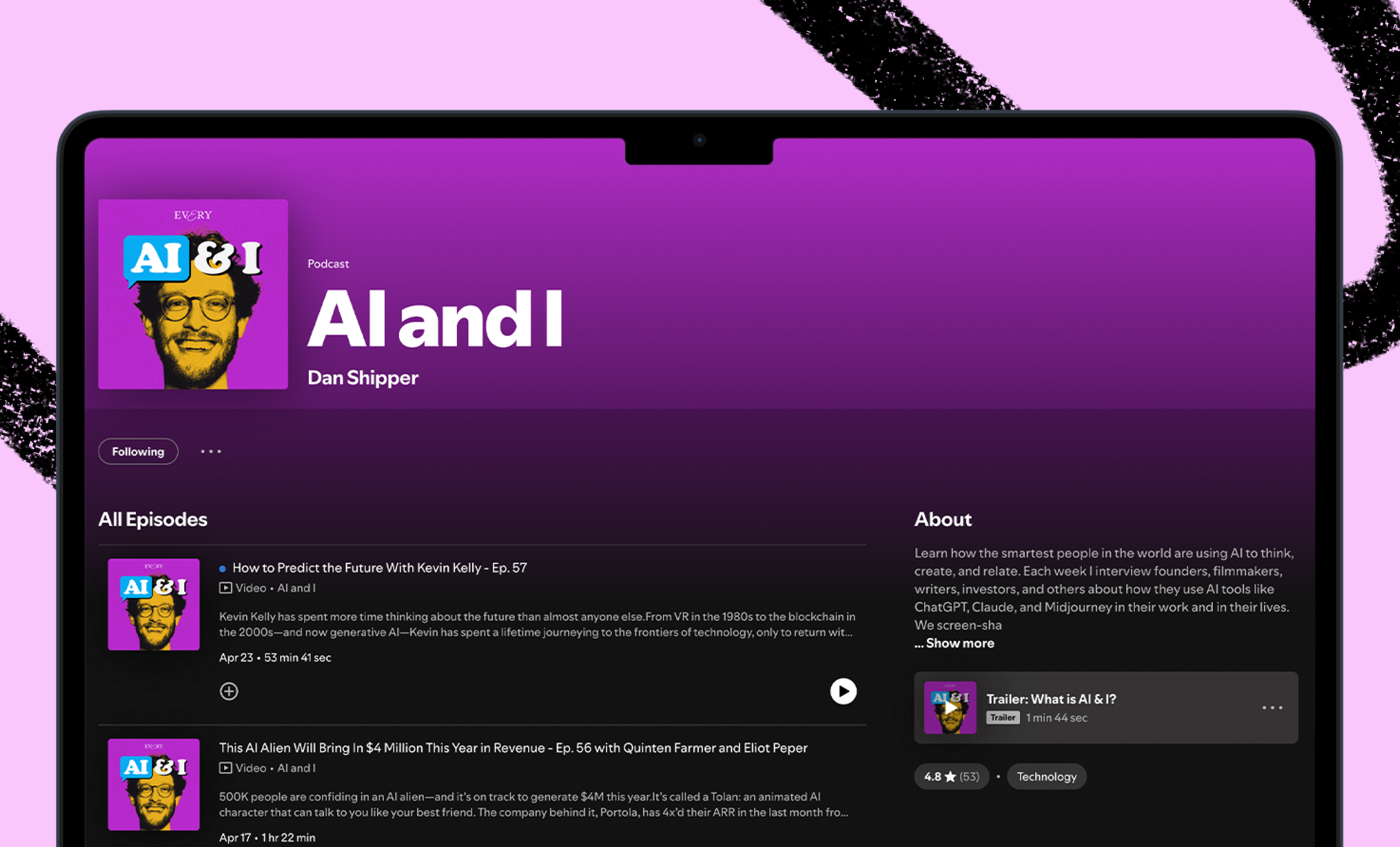
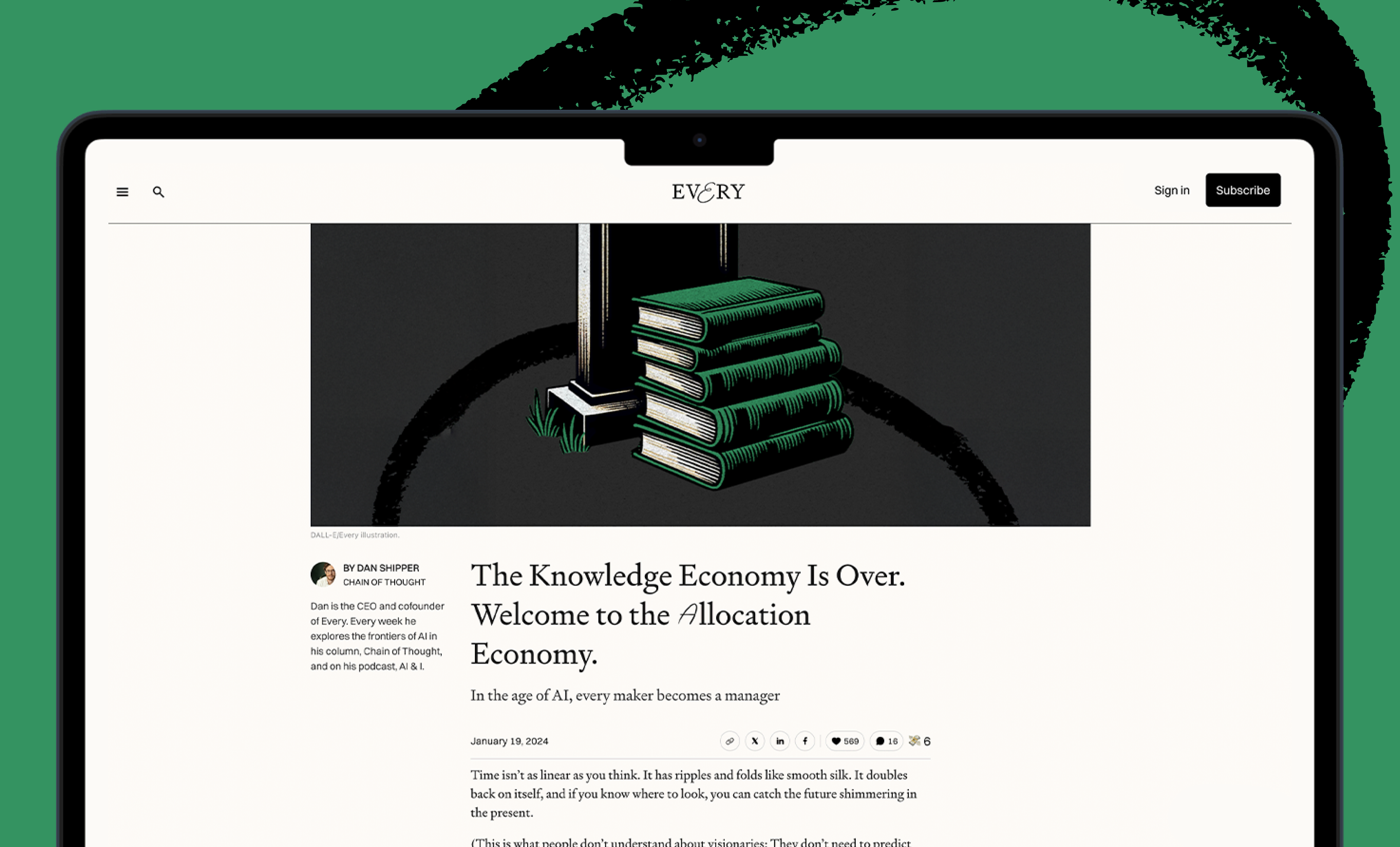

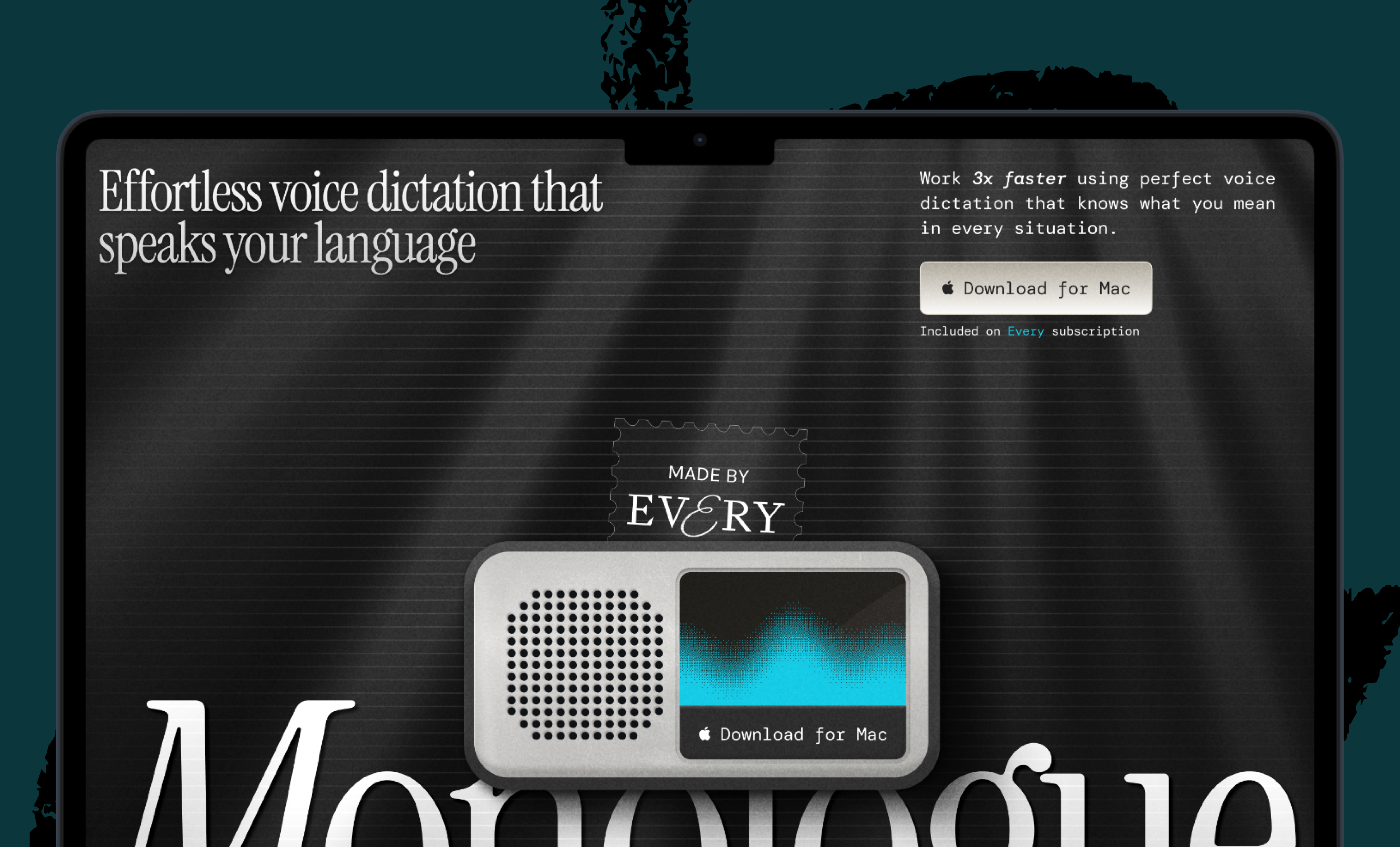
Comments
Don't have an account? Sign up!
Really practical your view on something I've seen mindlessly repeated without any depth to the degree of 'AI is mandatory and we should freeze hiring until it's proven AI can't to the job' so love this refreshing and practical take. Thanks!